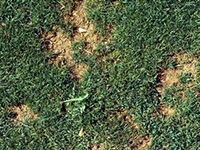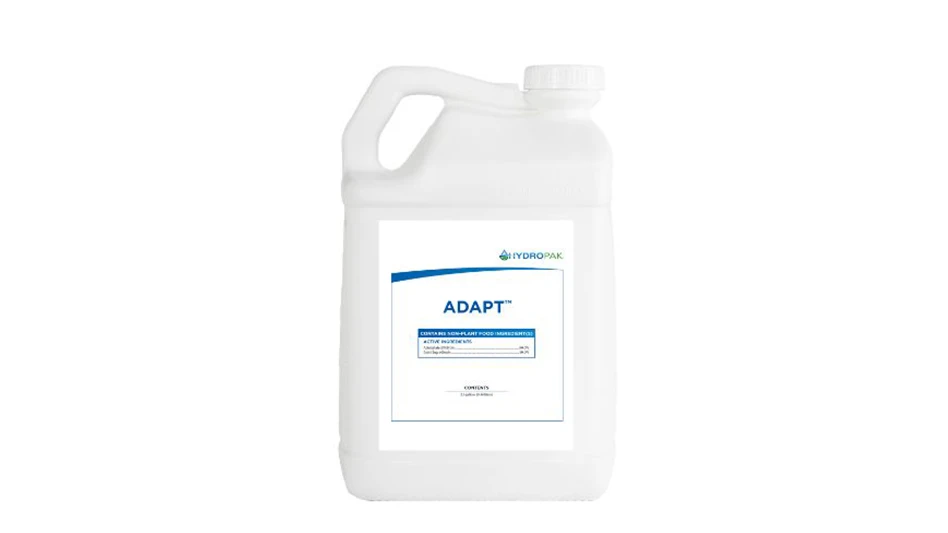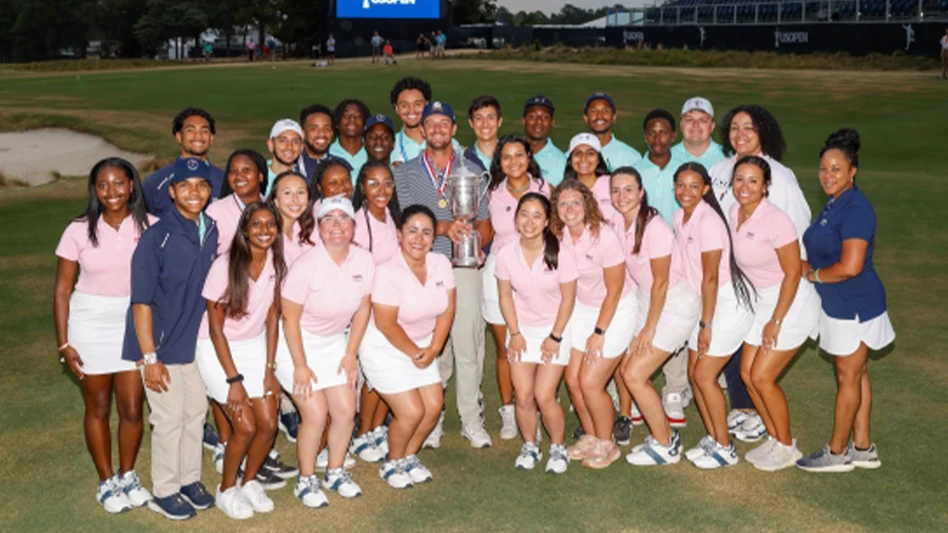
Kyle Haines has been relatively fortunate during his time as assistant superintendent at Onwentsia Club when it comes to battling Pythium. He said they time their preventive Pythium applications well and do not have a history of battling the disease, with the exception to a couple low-lying areas in the rough they see each year.
Prior to joining the team at Onwentsia in 2010, however, he was very familiar with the disease.
“My first experience with Pythium came at another Chicago-area golf course,” Haines said. “We saw a Pythium outbreak during a stretch of July on three tees that were sodded only three years prior. The tees were weaker, more susceptible and we had just missed our window for spraying Signature due to rain.”
The three tees all experienced different levels of severity of the outbreak, according to Haines.
“One tee experienced small concentrations, which we were able to quickly sod out, although the other two tees fared worse with roughly 20 percent turf loss on one and more than 50 percent on the other,” he said. “Due to limited nursery stock and an event a couple days away, we ordered big-roll bentgrass sod to remediate these two tees.”
Haines’s team recognized the potential triggers for Pythium, so it wasn’t hard to diagnose.
“Given the stretch of hot and humid days with nighttime lows over 70 degrees, the disease was already on our radar,” Haines said. “After observing the circular orange patches of dead grass covered in greasy black mycelium, it was clear we had an outbreak.
“Another tell sign was how the areas of affected turf were concentrated down the length of the tee and did not show uniform coverage (such as dollar spot), verifying the movement of spores from our tee mowers, commonly seen with Pythium.”
While the limited nursery stock and big-roll sod took care of the affected tee boxes, Haines and his crew put down a curative and preventative spray on the other tees and fairways right away. Once they had their products down, they saw no more Pythium and were able to maintain three-week-interval applications.
At Onwentsia Club, several preventative practices are used to control Pythium and other potential diseases during the summer.
“Aside from preventative fungicide apps, we spoon-feed nutrients to avoid overfertilization, practice careful hand watering and overhead watering practices to avoid saturated soils, drag fairways first thing in the morning to remove dew, aerify playing surfaces when possible to aid in beneficial oxygen exchange, and maintain season-long topdressing practices to eliminate the buildup of thatch – all of which contribute to optimal playing conditions,” Haines said.
Latest from Golf Course Industry
- Envu Superintendent Grant Program sending 10 members to 2025 GCSAA show
- Editor’s notebook: Let’s chat about AI
- Wonderful Women of Golf 43: Melissa Gugliotti
- This month on Superintendent Radio Network: December 2024
- Mark Hollinger, ASGCA, dies at 70
- Tartan Talks 102: Chad Goetz
- Don’t fly by the seat of your pants
- Golf Construction Conversations: Reed Anderson





